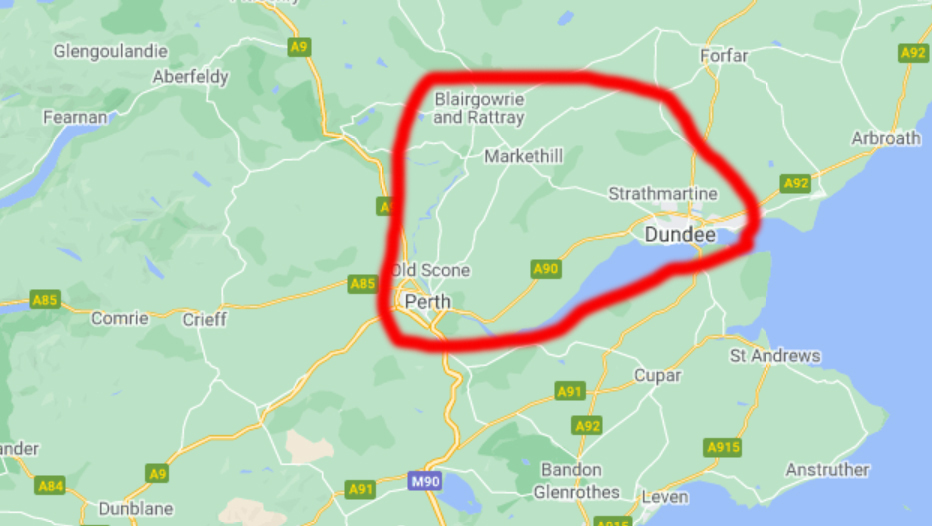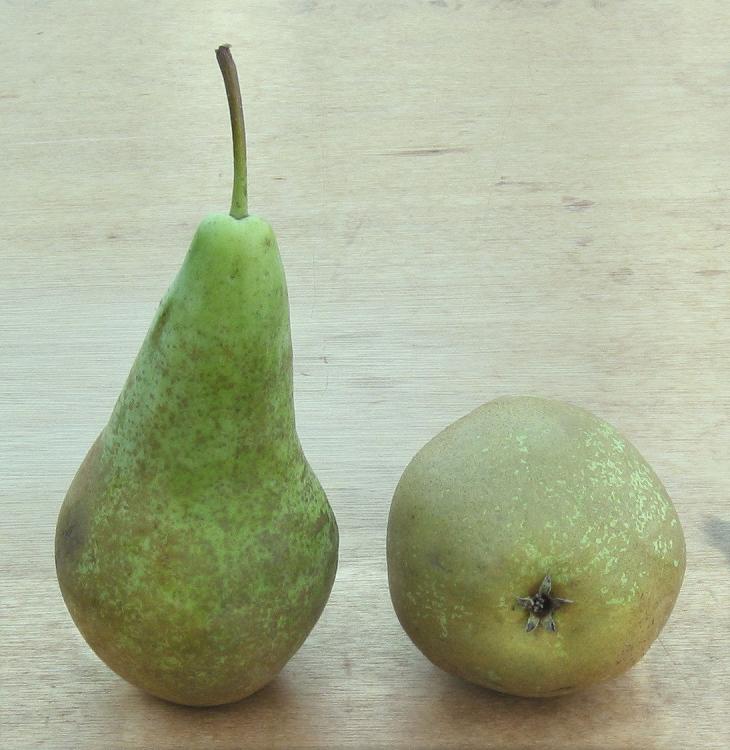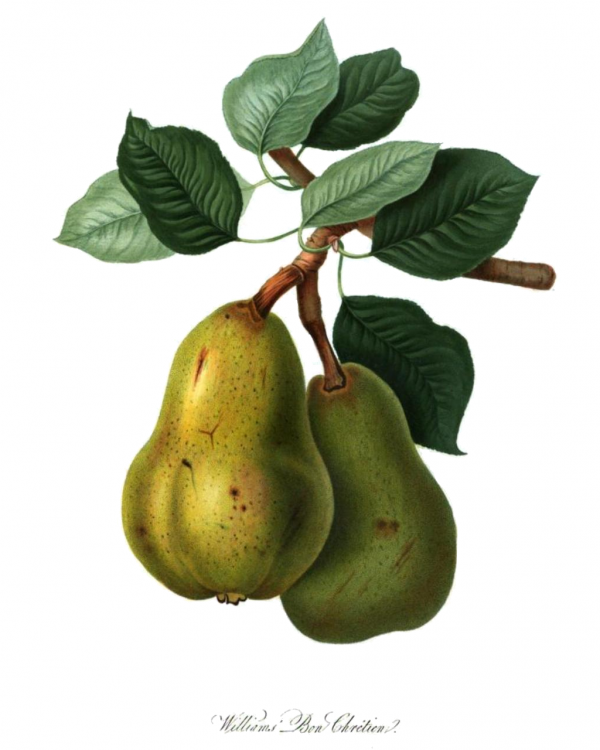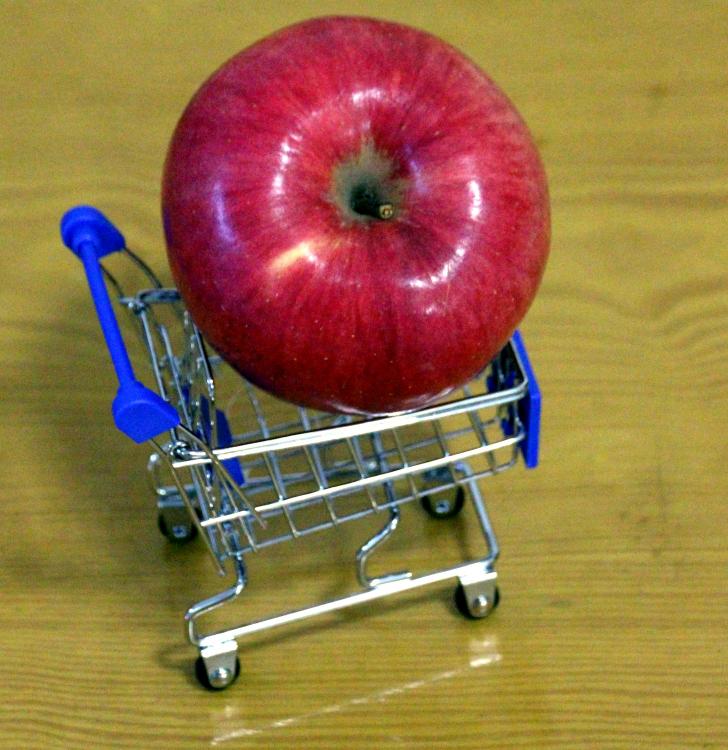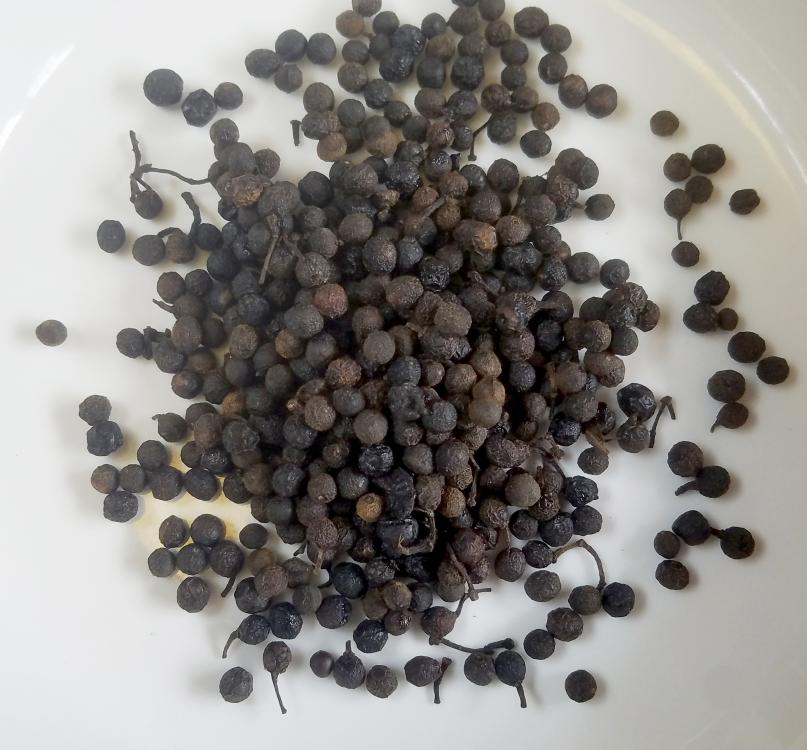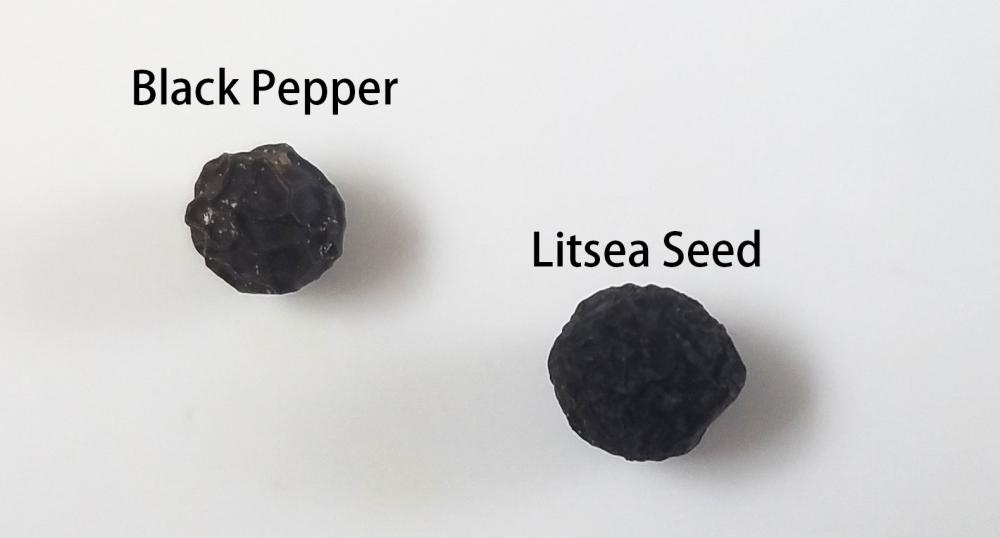-
Posts
16,670 -
Joined
-
Last visited
Everything posted by liuzhou
-
3. Original Sin So how did this misplaced, undeserved reputation of British food arise? There are suggestions that it began in the Victorian era, when a strict religious and moral regime warned against the dangers of actually enjoying anything! It is a controversial theory, however. Although food was not consumed with the gusto of say the 18th century, the appetite for good food was never totally subdued. Rather, the two world wars are really to blame. WWI led to rationing being introduced and this was repeated to even more strict and devastating effect in WWII. As an island nation, Britain, which imported around two-thirds of its food, found itself very short of supplies as the enemy were torpedoing supply ships. As a result, people had to make do with what they could get. They did remarkably well, so much so that many medical and nutritional experts believe people were generally more healthy then, than now. On the 8th of January, 1940, bacon, ham, sugar and butter were put on ration, to be soon followed by meat, cheese, margarine, eggs, milk, tea, breakfast cereals, rice and biscuits (cookies). Vegetarians (there were very few of those) could trade their meat allowance for extra cheese. Vegans hadn't been invented yet! By 1942, almost all food was rationed except vegetables, fruit, fish and bread. (Clothing, shoes, soap and fuel were also rationed.) It should also be noted that although vegetables, fruit, fish and bread were never rationed, the supply was still limited and unreliable. Fish was expensive, too, as the fishermen demanded high returns for what was more dangerous work than usual. Bread and potatoes were rationed, but after the war, in 1946 -1948 and 1947 respectively, due to bad harvests caused by poor weather. Public Domain image And when I say rationed I mean rationed! Everyone man, woman and child was issued with a ration book with tickets which had to be given up at the stores, with which you had to register, in exchange for not very much at all. You had to register with different stores for different foodstuffs – a butcher, a baker, a general grocer etc. There were very few supermarkets, then. The palaver of checking and processing the ration regulations meant that service was slow, leading to long queues at most shops. British grocer cancelling tickets in ration book - Public Domain Image Prices were set by government to prevent profiteering. However, black market foodstuffs were traded by what were called ‘spivs’, but penalties were severe if they were caught (many were – usually reported by citizens who saw them as traitors to the war effort.) To call someone a ‘spiv’ is still a strong insult in Britain. Public Domain A typical ration for an adult was 4 oz of bacon or ham, other meat to the value of one shilling and two pence (which could buy you approximately two chops or equivalent), 2 oz of butter, 2 oz of cheese, 4 oz margarine, 4 oz cooking fat (lard), 3 pints of milk, 8 oz sugar, 2 oz of tea, 1 fresh egg (plus varying amounts of dried egg, when available. This much-hated egg substitute was imported from the USA on ships which were often the target of blockades by the Germans). Note that this was the ration for an adult for ONE WEEK, although it was supplemented by 12 oz of sweets (candies) every 4 weeks and 1 pound of jam (usually made from marrows) every 2 months. Sausages were unrationed, but were usually made with the dregs of the butchers’ tables (and floors) and were highly prone to exploding The term ‘bangers’ was coined during WWI, but was revived by WWII. Game meats such as rabbit and pigeon was also off the ration, but only really available to rural people. In order to alleviate the shortages of vegetables, all parks, sports grounds, village squares and any other plots of vacant land were converted into gardens and a "Dig For Victory" campaign was launched to encourage people to grow their own food. Fruits such as bananas and lemons were imported pre-war, so they disappeared for the duration of the war and beyond. My cousin first tasted bananas and ice cream in a British hospital in the late-50s. He thought the bananas were a joke and asked that the ice-cream be heated up as some idiot had served it stone cold! Some imported spices were difficult to find during the war. Herbs less so. (Lucky that British food “never uses herbs and spices”, wasn’t it?) This rationing meant that a whole generation of British women just never learned to cook. Mothers weren’t going to let their daughters experiment in the kitchen; one mistake and the family did not eat that day. You couldn’t run out and buy something else. (Note: Assuming only women and girls would be cooking is not me being sexist. That’s how it was then. The men were nearly all away fighting and anyway, in those days cooking was considered “women’s work” by the vast majority.) The British government’s Ministry of Food, issued a series of pamphlets telling people how to get the most from their limited supplies – some of them make grim reading today. Radio broadcasts backed these pamphlets up. All rationing ended on the 4th of July 1954, nine years after the end of the war, although shortages continued for some time after. In the 1960s, with a booming economy and the advent of cheaper travel, people started holidaying in Europe, particularly France, Spain and Italy. This brought them into contact with different foods again and the cuisine began to recover, aided hugely by writers such as Elizabeth David and Jane Grigson. By the 1970s, British cuisine was well on the way to recovery. So this unfair, dishonest demonisation of British food actually only refers to a brief moment in the country’s long history, roughly 70 to 80 years ago. And the temporary decline in food standards was no fault of the British. There was very little disparagement of British food prior to WWI, as people ate well. What little there was can usually be attributed to simple propaganda. Napoleon was said to have dismissively called the British a nation of beef-eaters, yet according to a contemporary document, while in exile on St. Helena, every day his household and he got through 23 kilos of beef and veal, plus 23 kilos of mutton or pork plus a roasting pig, 31 kilos of bread, 42 eggs and 15 bottles of milk, two turkeys, four ducks, two geese, 12 pigeons and nine other fowl, all. Washed down with fifty bottles of wine, malt liquor, rum and cognac. Nothing there that Britain wasn't consuming, too. Heston Blumenthal’s 2-Michelin-starred London restaurant, Dinner with Heston only serves British food from pre-war recipes. The current on-line menu lists dishes from between 1390 and 1850. Pre-COVID, there was a rich vibrant food scene in the UK, the equivalent of any, and with restrictions beginning to be lifted, that will probably return very soon. But some people prefer the lazy stereotytpes, even when the evidence is staring them in the face. Finally let me deal with one comment. The worst cook I know was my late mother. She was French, but moved to Britain as a nine-year-old refugee at the start of the war, so never learned to cook or even eat good food. The idea that French people are all somehow genetically great cooks and gourmets is just another nonsensical myth. I’ve been served some inedible garbage in French restaurants in France. Sure, the top end is great and often, small places can surprise you with wonderful food, but that is just as true in Britain, if not more so! Here is an interesting oral history video with British people remembering what it was like to live under rationing in the war.
-
My friend J and I had a late birthday dinner (but an early dinner time-of-day-wise) for me today. My birthday was actually two weeks ago, but celebrations were delayed due to a family bereavement. Lunch was partaken of in a mainly Cantonese restaurant on the 73rd floor of the city's tallest building. Great views normally, but it poured monsoon-like all through the meal. 铁板黑椒牛仔骨 (tiě bǎn hēi jiāo niú zǎi gǔ) - Iron Plate Black Pepper Cowboy Beef Ribs. 高山菌黄牛舌 (gāo shān jūn huáng niú shé) - Mountain Mushroom Beef Tongue 水东芥菜 (shuǐ dōng jiè cài) - Cantonese Mustard Leaf Soup 铁板海鲜炒饭 (tiě bǎn hǎi xiān chǎo fàn) - Iron Plate Seafood Fried Rice Then we went shopping and I ended up accidentally buying a new cell phone! Now spending the evening, trying to work out all its functions.
-
I know! But if I had some marsala, I might try it! Actually, I've never eaten Chicken Tikka Masala. They will probably cancel my British passport if they find out!
-
Masala. Marsala is a Sicilian fortified wine. Maybe you are on to something!
-
I didn't say YOU were a troll. You did say or imply that Britain's use of Indian spices or Britain's adoption of Indian cuisine is "cultural appropriation". Or is only citing it "appropriation"? I disagree. I repeat my question. By whom and from whom?
-
Certainly not! I seldom even look at the likes. What I expect is for people to read what I do write and not comment negatively on things I haven't even mentioned.
-
I just think that the trolls want it both ways. 1) British food never uses herbs or spices. 2) All the herbs and spices British food uses were "appropriated". I have a question. Who were they appropriated by and from whom?
-
There may be trouble with the definition of any culture's food! Most cultures have a mix of a few excellent examples and a lot of mediocrity and some awful food. "Kind of gross" is a personal reflection and not really helpful. Perhaps those knocking me might like to instead spend time thinking about the very low reputation of American food in the rest of the world! I take it from your comments on appropriation that you never use pepper on your food given it came from India.
-
The myths are well documented. Nothing to do with me. That someone has never heard of something doesn't mean it ain't so. How can you never have heard of many of them? I've only mentioned two. Also, I have backed up everything I have said with details which you seem to prefer to ignore. Your choice. May I also point out that the "facts" you refer relate to the 1950s and 60s, which were 50 to 70 years ago. Things change in half a century. I have never denied that food in Britain was dire for a short period from the mid-40s to the late 50s. I haven't mentioned it all. Yet. As I have said before, I will give the reasons I consider for the bad reputation shortly. I will not be intimidated or bulied into doing so until I have finished the research I wish to do. I don't guess reasons. It isn't me who is making things up!
-

After 70 years Britain’s The Good Food Guide ceases publication
liuzhou replied to a topic in Food Media & Arts
It also needs pointing out that the "the dire state of postwar dining in Britain" remark was referring to 1951, not today. 70 years ago. -

After 70 years Britain’s The Good Food Guide ceases publication
liuzhou replied to a topic in Food Media & Arts
I'm not surprised. It has been irrelevant for years. Indeed. And the GFG was started during rationing. I was born during rationing. And it doesn't counter anything I'm saying. I haven't even commented on that era, yet. Instead of 'guessing', I'm doing research! -
This was supposed to be last night's dinner. The chicken with black garlic got done, but then there was a problem with lights in my kitchen, so the chook spent the night in the fridge. Sadly, it seems the light situation was more than a dud light bulb. Whether the bulb blew the circuit or the circuit blew the bulb, I don't know. Anyway, I've got a little man coming tomorrow to do his thing and restore sense to my vision. So, dinner was a bit earlier than usual, in order to take advantage of daylight. I reheated the chicken, boiled some spuds and pan-fried my world famous sprouts. At last!
-
He did. See above.
-
2C - Fruit (Part three - the fruit finale) Berry Fruits If you find yourself on Scotland’s east coast, travel north from Edinburgh, crossing one of the three adjacent bridges over the Firth of Forth, pass through Fife (stopping off at at the Michelin-starred Peat Inn near Cupar and St. Andrews (where I was born) for lunch). From there cross the new Tay Bridge over the Firth of Tay into Dundee. You’ve arrived at the eastern most point of Scotland’s fruit heaven. Draw a line from Dundee westwards to Perth along the northern bank of the River Tay, Scotland’s longest, then finish with a loop taking in Blairgowrie to the north and back to Dundee. You’ve just drawn a rough diagram of the best berry fruit growing area on our planet! Here you will find what are undoubtedly the best strawberries you have ever tasted. The sweetest, strawberriest strawberries. I will brook no arguments. If you haven’t tasted them, you don’t know; shut up! And this is not just personal opinion. The idle rich have long been scoffing Scottish strawberries during the tennis at Wimbledon, confident that the trust fund set up by Daddy will cover it. Her Maj, Mrs Queen swears by no others, I’m told. Image by Ivar Leidus; licenced under CC BY-SA 4.0 Scottish raspberries are equally famous and valued. Cranachan is almost Scotland’s national dessert and should be sampled, if you are in the region. This mixture of Scottish raspberries, cream, oats and good whisky is known as “The King of Scottish Deserts”. Why male, I have no idea. I did once try making it here in China. The oats, cream and whisky were perfect. The Driscoll’s raspberries were a disgrace! They know nothing about fruit, that company! But it doesn’t end there. The region also grows top-ranked blueberries, blackberries, gooseberries, cherries, elderberries, blackcurrants, white currants, redcurrants and more. Nor is it Scotland's only fruit growing Mecca. Fife, The Isle of Arran, the Borders area and more are also world class.
-
Smell tests for problems with food are dangerously unreliable. You may be able to detect rancidity by smell, but there are a host of pathogens which have no scent. E. Coli for example.
-
2C - Fruit (Part two) Pears What goes along with apples? Of course, pears. Pears were introduced to Britain by the Romans, soon after Claudius’s invasion of England in 43 AD. De Re Coquinaria, the Roman cookbook believed to date to around the same time contains a recipe for this pear dish The first mention in English is from Ælfric of Eynsham (c. 955 – c. 1010) in around the year 1000. A quote from a Beket in 1191 reads “Applene, & peoren, and notes also.” (Modern English: Apples and pears and nuts also.) Today there are over 500 pear cultivars grown in England mostly in the southern county of Kent, often called “The Garden of England”. As with apples, some of these are grown on an industrial scale; others in very small orchards. Here are the most popular varieties: Conference Pears I have to put this one first – it was my mother’s favourite. Image by Rasbak; licenced under CC BY-SA 3.0 Conference pears were developed in Sawbridgeworth, Hertfordshire, England, by Thomas Francis Rivers (1798–1877), a well known nurseryman, who more specialised in roses. After Rivers’ death, the cultivar won 1st prize in the 1885 National British Pear Conference in London, hence the name. They are sweet and usually eaten as a table pear. Concorde pears Image by Manfred.Sause; licenced under CC BY-SA 3.0 Concorde pears are a cross of the English Conference pear and the French Comice pear the East Malling Research Station in Kent in the 1960s. They were only made available commercially in 1994. They have the crispness of the conference sweetness of the comice pears. Williams pears Public Domain Image from 1882 These are what are known in North America as ‘Bartlett pears’. Believed to have been developed between 1765 – 1770 by a schoolmaster, John Stair in his garden inn Aldermaston, Berkshire, England. The variety was later acquired by a nursery man named Williams who is responsible for the original name. A few years later the variety was imported to the USA and planted in an estate in Massachusetts. The land there (and the pears) ended up in the hands of Enoch Bartlett who, unaware of their origins, named them after himself. Most Williams / Bartlett pears are used in canning and other cooked preparations.
-
Maybe, but my eggs are from such ducks. They are totally free-range (I've met them). They eat plenty of grubs and are otherwise only fed natural, organic grains (also grown by my egg supplier). I'm sure there must be more to it than just that.
-
I buy duck eggs by default; chicken eggs rarely. I can't say I've ever noticed any textural difference between yolks. The yolks are more richly flavoured, yes. Maybe diet? Maybe breed of duck? I don't know.
-
Walnuts are often used instead of pine nuts in mass produced pesto sold in supermarkets. The cheaper option for the manufacturers. Always check the ingredients list when buying industrial pesto. Even better, don't buy it!
-
Dinner tonight didn't really happen. I was cooking and stuck some chicken legs in my slow cooker (with a few other ingredients, of course) and wandered off to let it do its thing, while I did mine. When I went back to the kitchen to check on it, the light bulb had failed. It was night. I need a miner's helmet. Now, I'm the sort of person, who never buys one of things like lightbulbs. I always have spares. But I've moved home recently and haven't got round to lightbulb stocking up. The local lightbulb shopping street* is about 5 minutes away, but it was too late. Nowhere else sells them. No light until tomorrow. Well, I could have moved the slow cooker to another room. In fact I did. It's still bubbling away slowly. But I had other things to prepare and cook that I can only do in the kitchen. I went out for a bowl of noodles in my local noodle-eria instead of my more adventurous, planned meal! These are 鲜肉粉 (xiān ròu fěn), which rather boringly translates as either 'fresh pork rice noodles' or 'delicious pork rice noodles' or both. They were good, but not what I'd been looking forward to all day. Still, the chicken won't suffer from a night in the fridge. It'll probably be all the better for it. Luckily my fridge-freezers are not in the kitchen (long story) and one contains a frozen baguette and cheese, so if I get hungry again later ... * For some reason, shops selling the same things gather in packs here. We have lightbulb alley, computer accessory street, cigarette boulevard, shoe avenue etc. Light bulb alley is my nearest such street.
-
2C - Fruit (Part one) Certain types of British fruit are widely recognised as being among the best. Here are some of the main examples. Apples What could be more English? There is Newton (1643 – 1727), sitting under a tree in his mother’s orchard, contemplating his navel, when an apple drops from the tree leading him to formulate his theory of gravity, upon which all modern physics and astrophysics is based. The story is probably apocryphal but the tree is still standing in Woolsthorpe Manor, the Newton family home near Grantham, England. I’ve been there and seen the tree. Seeds from the tree have travelled into space aboard the International Space Station, returned, sprouted and been replanted. More seeds are housed in the Millennium Seed Bank, the UK’s largest, which contains an underground collection of over 2.4 billion seeds from around the world. Apples are very important to England, in particular. Of the world’s roughly 7,000 apple varieties, 2,500 are found in England, of which many cultivars were first developed in the UK. Sadly, as we know, the supermarkets select their fruit for everything but flavour – price, perceived ‘attractiveness’, keeping power, high yield, uniformity etc. So, many of these apples are only to be found in specialist shops and farmers’ markets. Also, some have very low yields making them rare even there. That said, in recent years, there has been a renewed interest in restoring and preserving this rich heritage. Prince Charles has entered the fray by growing 1,000 varieties on his farm at Highgrove, his country residence. There is a Prince Charles Apple, but it probably has has nothing to do with him; it was bred before he was born. Maybe he was named after the apple! Probably the most popular English apple is Cox’s Orange Pippin. This variety arose from a (probably accidental) seedling found in 1830, buy Richard Cox, a retired brewer and horticulturist. Today, it accounts for over 50% of the planted acreage of apples in the UK, but due to its need for a relatively cool maritime climate and its susceptibility to various diseases is rarely grown elsewhere. They are best eaten as fresh as possible, preferably from your own tree at the bottom of the garden. Cox's Orange Pippin - Image by Andreas Rother - licensed under CC BY-SA 2.5 Cox’s apples have been cross-bred with many other varieties to produce new cultivars. There is a list here. Bramley apples are almost inedible as they are extremely sour, but cook down to a beautiful golden fluffy textured filling for pies, crumbles, tarts apple sauces etc. Bramley Apples - Image by Marcin Floryan, licensed under CC BY-SA 2.5, The first Bramley tree grew when, in 1809, a young girl, Mary Ann Brailsford planted some pips in the family garden in Southwell, Nottinghamshire, England. There is no evidence either way whether she ever saw the apples that her pips produced. She died relatively young and certainly never knew her apples were to become famous. So why aren’t they called Brailsford apples? Well, the family home and garden (including the tree) where she planted them was sold in 1846. The buyer was a local butcher, Matthew Bramley. Ten years later, a local nurseryman, Henry Merryweather asked for permission to take cuttings from the tree and start to sell the fruit. Bramley only agreed on condition that the apples bore his name. Now that is appropriation! The original tree is still standing, despite being felled by a storm in 1900, and the house, garden and tree have been bought by Nottingham Trent University to preserve them. It can be visited by prior appointment. I've never seen that one. to be continued
-
-
Yes, but Stilton is definitely not maggoty (unless something has gone seriously wrong). Despite my normal willingness to try most things, including various grubs, casu martzu is not on my shopping list. I don't think it is very common even in Sardinia. I never saw it on any of my trips there.




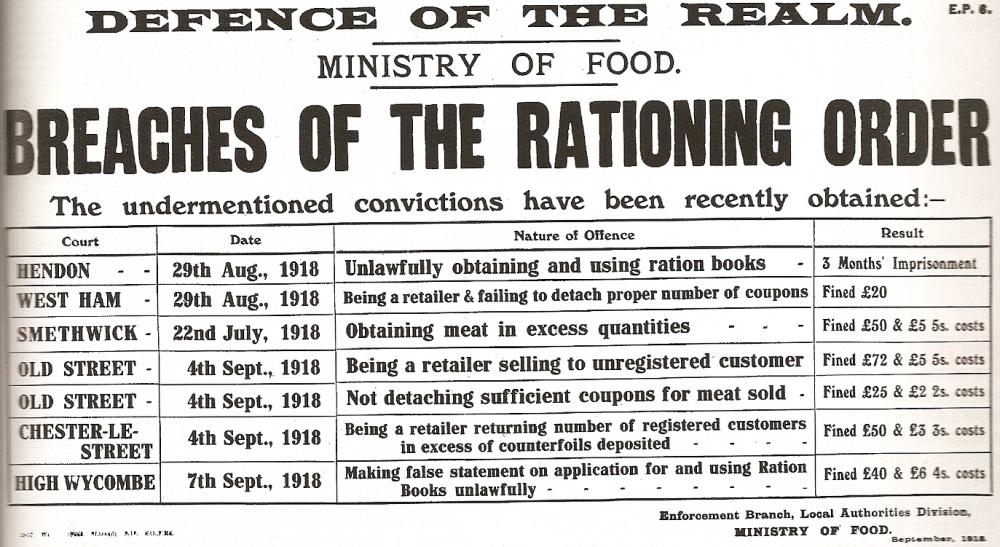
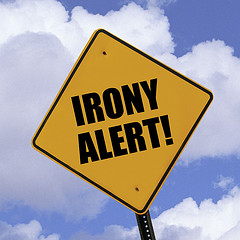
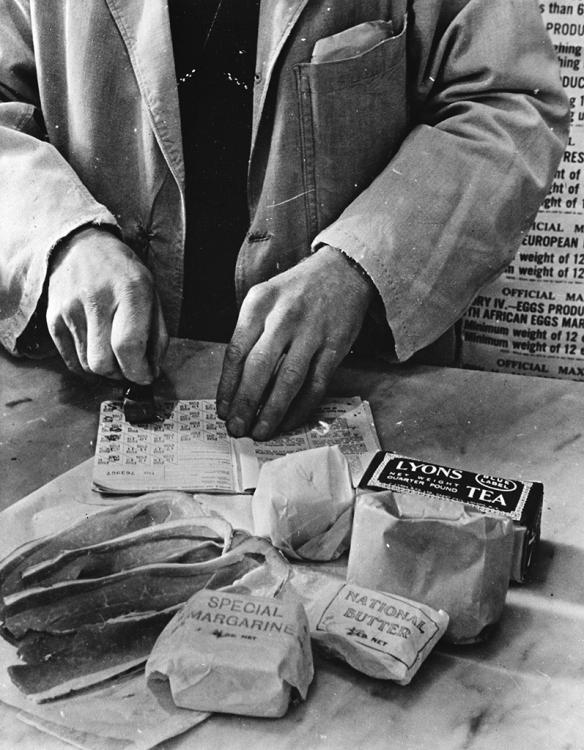





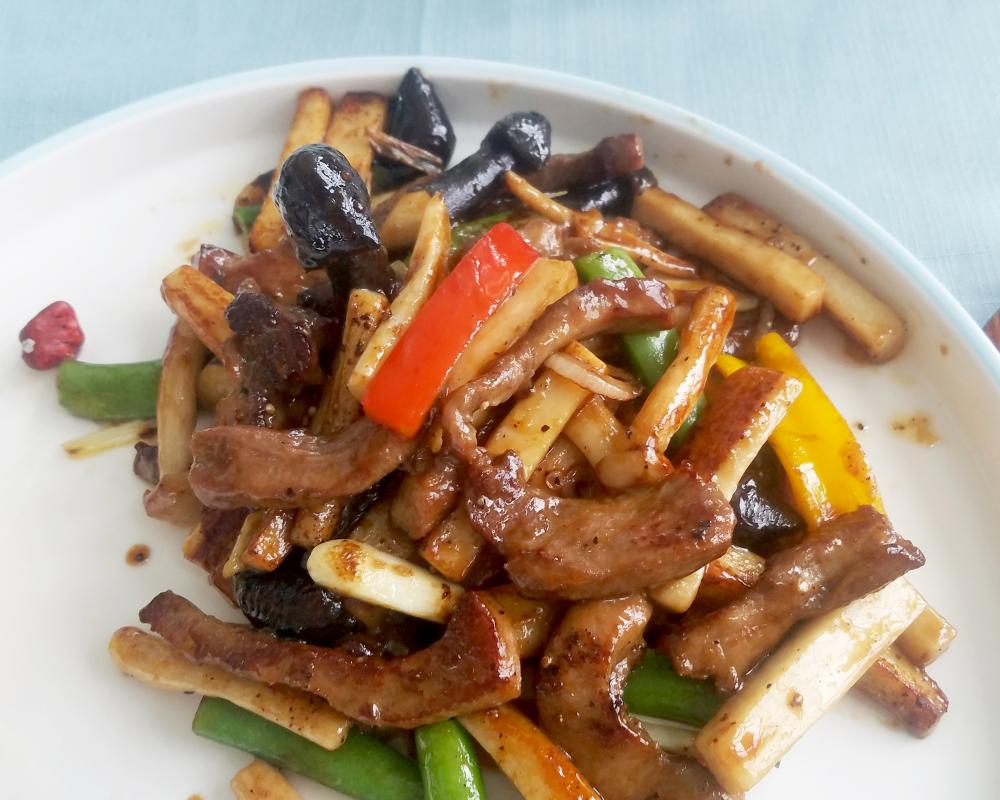

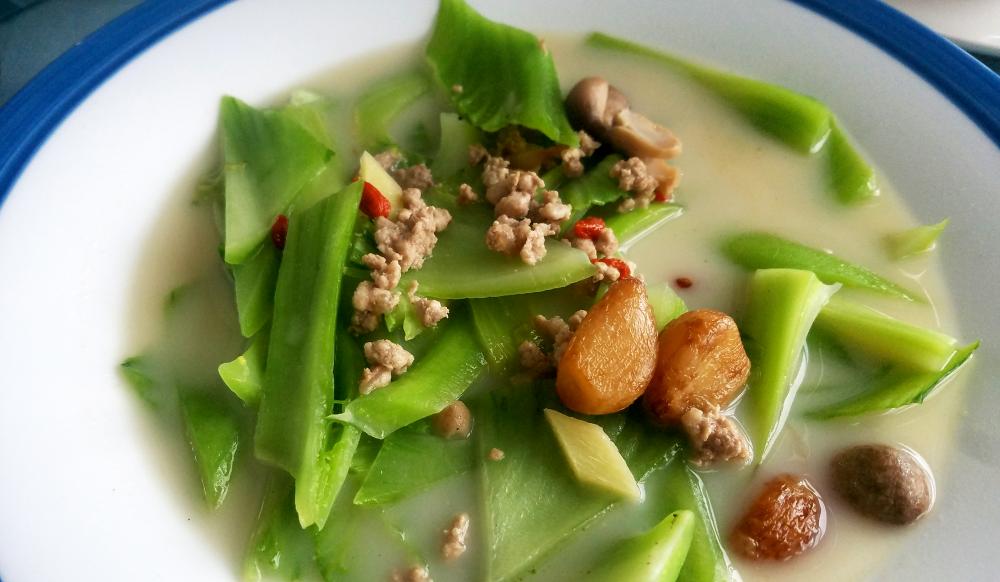


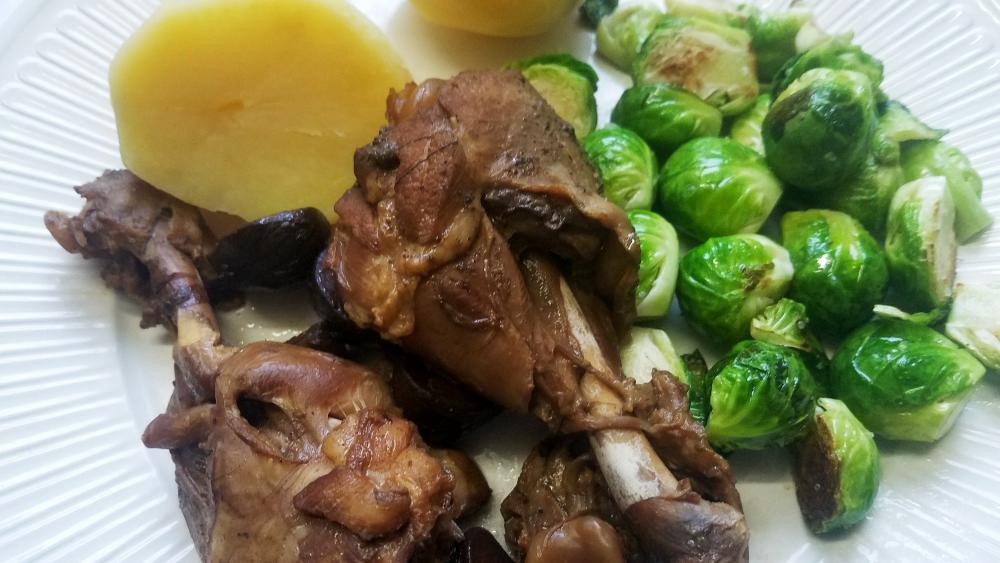
.thumb.jpg.3c66b18305f06fe0a63868f739f282c9.jpg)
